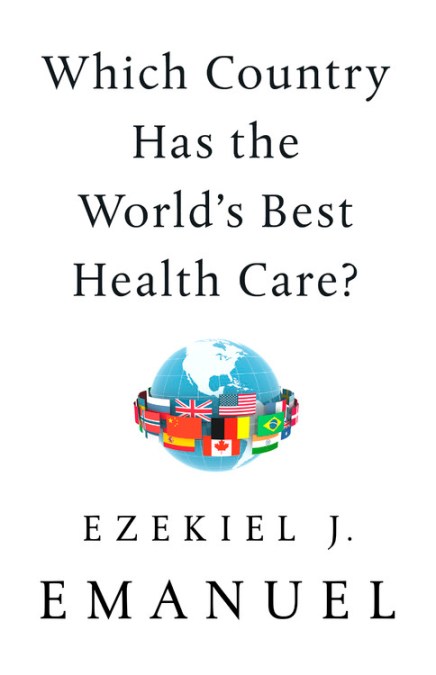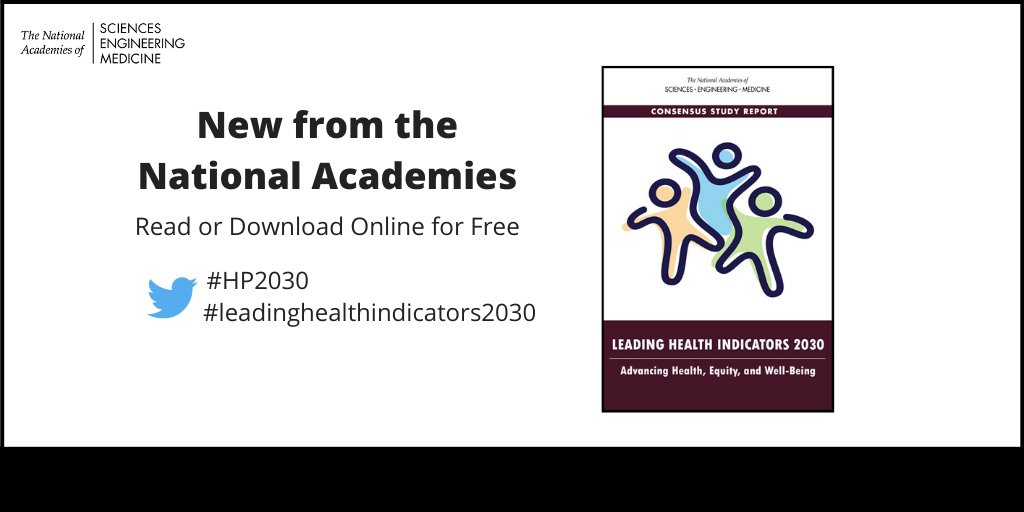Are Pharmaceutical Companies Earning Too Much?
Estimated Research and Development Investment Needed to Bring a New Medicine to Market, 2009-2018
The debate about
pharmaceutical companies earnings is a never ending story. Now you can find in
JAMA an article that reflects the cost of a new drug: $1336 million. This is the summary:
The FDA approved 355 new drugs and biologics over the study period. Research and development expenditures were available for 63 (18%) products, developed by 47 different companies. After accounting for the costs of failed trials, the median capitalized research and development investment to bring a new drug to market was estimated at $985.3 million (95% CI, $683.6 million-$1228.9 million), and the mean investment was estimated at $1335.9 million (95% CI, $1042.5 million-$1637.5 million) in the base case analysis. Median estimates by therapeutic area (for areas with ≥5 drugs) ranged from $765.9 million (95% CI, $323.0 million-$1473.5 million) for nervous system agents to $2771.6 million (95% CI, $2051.8 million-$5366.2 million) for antineoplastic and immunomodulating agents.
Why this new figure is relevant? Because previous estimates said that it was the more than the double!
The mean estimate of $1.3 billion in the present study was lower than the $2.8 billion (in 2018 US dollars) reported by DiMasi et al,
And my impression is that we have entered in a difficult world to estimate the real cost. Right now many firms are buying research (buying firms that have already a product close to be commercialised) and they are paying a premium for outsourcing research. Therefore, how to estimate the cost in this situations? Uncertain.
David Cutler asks about the earnings of pharma firms and says:
Ledley showed that from 2000 to 2018, the median net income margin in the pharmaceutical industry was 13.8% annually, compared with 7.7% in the S&P 500 sample. This difference was statistically significant, even with controls, although earnings seemed to be declining over time.
Is this positive return differential evidence of too high a return? Not necessarily. The economics of pharmaceuticals are important to consider. Like several other industries (eg, software and motion picture production), the pharmaceutical industry has very high fixed cost and very low marginal cost. It takes substantial investment to discover a drug or develop a complex computer code, but the cost of producing an extra pill or allowing an extra download is minimal. The way that firms recoup these fixed costs is by charging above cost for the product once it is made. If these upfront costs are not accounted for, the return on the marketed good will look very high.
Paying more than a drug is worth clinically is not a good strategy. Even if a drug is worth a high price socially, pricing patients who need the drug out of the market is a real loss, even if it leads to more innovation in the future. In still another case, price increases for older, generic drugs serve no innovation purpose. But, as a general rule, it is important to be wary of blunt “lower all drug prices” policies.
Cutler doesn't say too much on price according value and about
public funding of research. It leaves the initial question open and waiting for adhoc answers. That's it , it's a complicated issue, no general prescriptions, they need to be adjusted to specific conditions without a captured regulator. This last point is the most difficult one to overcome.
Prix Pictet





